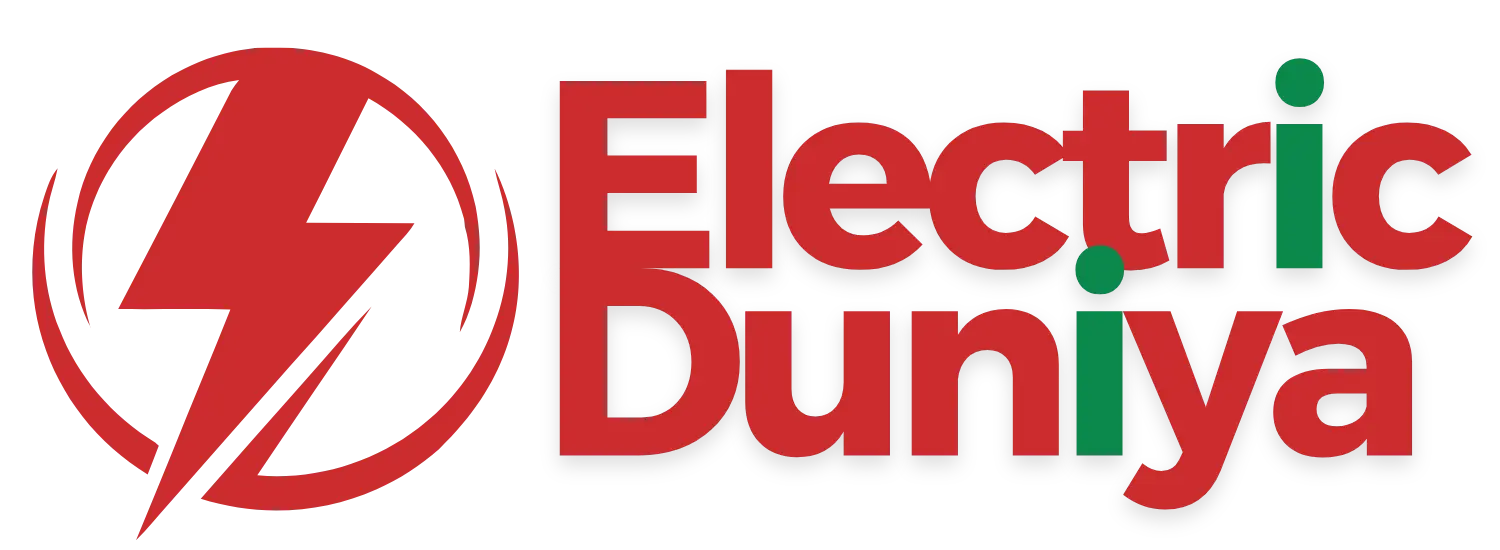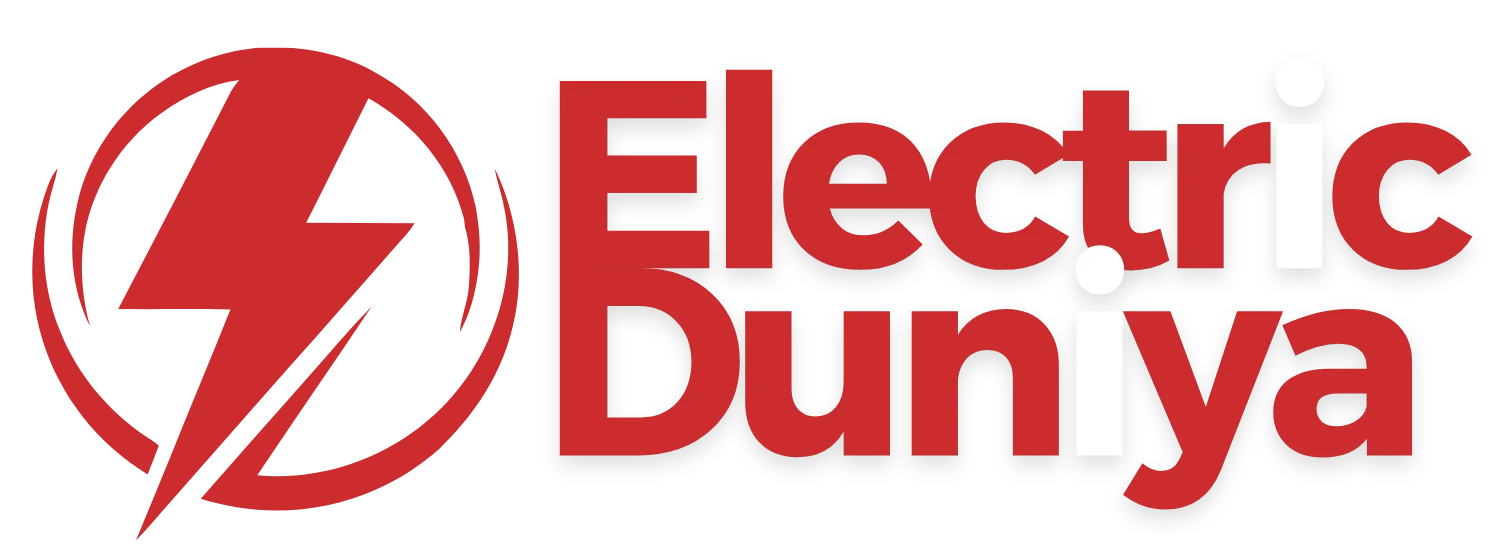Electric Axle
An electric axle—also known as an e-axle—is an integrated propulsion system that combines an electric motor, power electronics, and a transmission into a single compact unit mounted on the axle of an electric vehicle (EV). It directly drives the wheels, eliminating the need for a traditional internal combustion drivetrain.
Overview
In the evolving landscape of electric mobility, the electric axle represents a significant leap in drivetrain architecture. Unlike conventional powertrains that rely on separate components for propulsion, the electric axle integrates essential functions—motor, inverter, and reduction gear—into one self-contained module.
This innovation streamlines vehicle design, reduces mechanical complexity, and improves energy efficiency, especially critical for EV manufacturers aiming to optimize weight distribution, range, and performance. E-axles are increasingly favored in both passenger EVs and commercial electric vehicles due to their ability to deliver high torque with minimal transmission losses.
As original equipment manufacturers (OEMs) transition to modular, scalable platforms for EV production, electric axles are emerging as a cornerstone of next-generation electric drivetrains.
How Does It Work?
An electric axle works by converting electrical energy from the battery into mechanical energy to drive the wheels. It houses three main components:
-
Electric Motor: This is the heart of the system, generating rotational force (torque) using magnetic fields and electric current.
-
Power Electronics (Inverter): Converts DC electricity from the EV’s battery to AC power suitable for the motor.
-
Gear Reduction System (Transmission): Optimizes motor speed and torque to match wheel requirements without a traditional multi-speed gearbox.
All these components are pre-assembled and integrated onto the axle—either front, rear, or both (for all-wheel-drive setups). When the driver accelerates, the inverter modulates power delivery based on throttle input, sending signals to the motor to drive the wheels through the reduction gear. Regenerative braking systems can also feed energy back into the battery through the same motor-inverter path, enhancing efficiency.
This compact configuration reduces mechanical drag, minimizes energy losses, and supports better thermal management—making it ideal for EVs aiming for higher range and performance.
Features of Electric Axle
1. Integrated Architecture
An electric axle combines three critical drivetrain elements—motor, inverter, and gearbox—into a unified structure. This reduces vehicle weight, shortens wiring runs, and frees up interior and underbody space, enabling flat-floor EV designs.
2. High Torque Density
E-axles are engineered to deliver high torque directly to the wheels, allowing quick acceleration and smoother power delivery. The compact motor design often uses permanent magnet synchronous motors (PMSMs) for higher power-to-weight ratios.
3. Scalability & Modularity
Manufacturers can tailor e-axles for different power outputs and vehicle segments, from small electric sedans to heavy-duty electric trucks. This modularity speeds up development cycles and supports platform sharing across vehicle types.
4. Improved Efficiency
With fewer moving parts and reduced mechanical losses compared to traditional drivetrains, e-axles boost overall system efficiency. Integrated cooling systems and optimized power control help maintain peak performance across varying load conditions.
5. Support for AWD Configurations
Electric axles can be mounted on both axles in a dual-motor setup, enabling dynamic all-wheel-drive (AWD) without a central driveshaft. This enhances traction, off-road capability, and adaptive torque vectoring in performance EVs.
Applications in EV
The electric axle plays a pivotal role across multiple electric vehicle categories:
1. Passenger Cars
Automakers like Tesla, Hyundai, and Mercedes-Benz use electric axles in vehicles such as the Model 3, Ioniq 5, and EQ series. These systems enable sleek packaging, higher efficiency, and rapid acceleration that appeal to everyday consumers and enthusiasts alike.
2. Commercial Vehicles
Electric delivery vans, buses, and light-duty trucks often utilize heavy-duty e-axles to handle high torque demands and frequent stop-start cycles. Companies like Dana and ZF have developed e-axle solutions specifically for logistics and fleet electrification.
3. Performance EVs
Dual and tri-motor setups in performance-oriented EVs rely on multiple electric axles to provide superior handling, acceleration, and torque vectoring. Vehicles like the Audi e-tron and Lucid Air use rear-biased or dual-axle configurations for sportier driving dynamics.
4. Autonomous Platforms
Electric axles also support skateboard EV platforms used in autonomous vehicle development. Their low profile and plug-and-play nature allow more space for batteries, sensors, and cabin utilities—crucial in autonomous shuttles or robotaxis.
Conclusion
The electric axle is a foundational innovation driving the next wave of electric vehicle design. Its compact, integrated architecture simplifies manufacturing, reduces drivetrain inefficiencies, and supports modular EV platforms. As the industry accelerates toward cleaner, smarter mobility, the e-axle is more than a component—it’s a strategic enabler of performance, efficiency, and sustainability.
Whether powering compact city EVs or heavy-duty electric trucks, the electric axle ensures electric propulsion is not just possible—but optimal.

